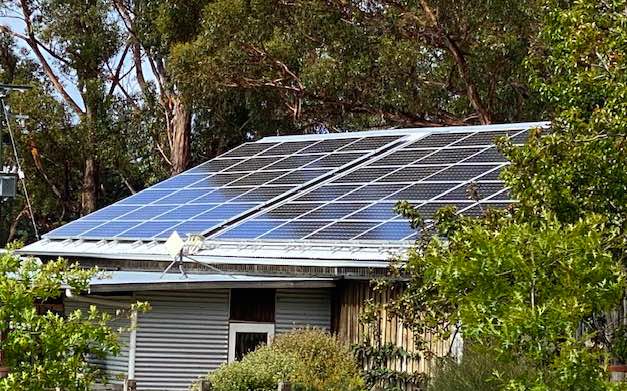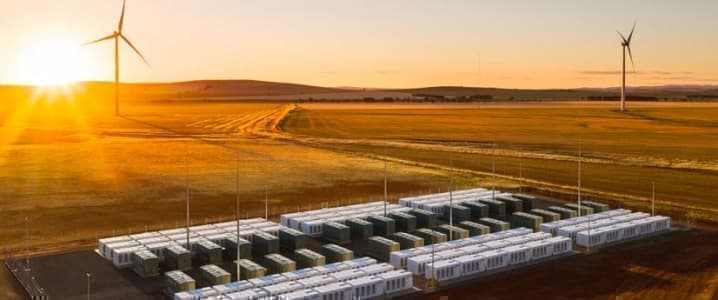Tesla hit
1 GWh in May 2018. If I add 100 MWh for the back half of Q2 2018 and 239 + 225 MWh for Q3 and Q4 respectively I get 1564 MWh at YE18. Then 1561 MWh in 2019 gives 3125 MWh at YE19.
Tesla said they installed the
100,000th Powerwall in Q1 2020. Almost all those would be the 13.5 kWh PW2, so probably ~1250 MWh as of YE19. That gives about 1.9 GWh of utility scale as of YE19, very close to your estimate.
I'm not sure how well EIA/DOE tracks storage, though. They maintain a list of projects, but it seems to be lacking.
Co-lo also saves on connection cost. Instead of 400 MW worth of inverters, transformers, etc. that are only fully used at the peak you have 200 MW that are fully used 12+ hours/day.






